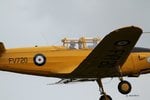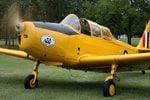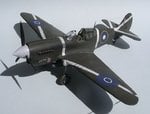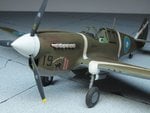pbfoot
1st Lieutenant
Dr. James Hannah who was a pilot in 115 sqn RAF in which he flew tour in Lancs and he also flew a tour in 6 group RCAF Halifaxs can't recall the Sqn passed away on the 15th of May. Here is a pic of him last year getting a ride in a Cornell taken last year in Ft Erie .






